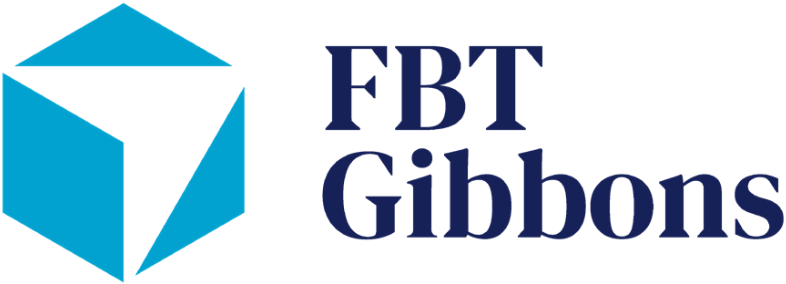Without question, disclosure (or even the possibility of disclosure) of a company’s trade secrets and proprietary information can cause enormous damage and disruption to a company. But in order to protect that information, a company must do two fundamental things: (1) know what it is protecting; and (2) understand what it can do to protect the information. The first step is more involved than it may appear, so in the interest of picking the “low hanging fruit” first, identifying trade secrets will be the topic of a future blog post. But once trade secrets are identified, the company can know what it is protecting and how to protect it.
The threats of trade secret theft (or in legalese, the softer sounding “misappropriation”) are not always obvious and generally fall into two groups: (1) outside threats; and (2) inside threats (which will be discussed in a future blog post). The outside threat typically falls in to two categories: access to trade secrets given for legitimate business reasons; and illegally accessing a company’s records (e.g., network hacking). The third party threat can involve providing information for legitimate reasons, including to potential business partners or vendors, at trade shows, during facility tours, etc. Proper procedures can go a long way to protect from disclosure of trade secrets through otherwise legitimate activity. For example, if a vendor’s presence in company facilities could result in the vendor having access to confidential information, that vendor should sign a non-disclosure agreement and only be given access to facilities necessary for the vendor to do its job. The same approach should be applied to third parties given access to electronic records.
But disclosure through legitimate business activities can also come in less obvious forms. Most people like to talk about their jobs and what they are doing. Do your employees attend trade shows or conferences? Are they reminded not to disclose too much at those events? If not, even legitimate business activity can have the effect of disclosing information that should remain inside a company. This is especially true at trade shows and conferences where people like to brag about what their company is doing. Pre-travel reminders to employees about the importance of not revealing too much as such events can: (1) prevent such loose talk; and (2) show that the company takes reasonable steps to protect its information. As discussed in a previous blog post, showing reasonable protective measures will be very important if a trade secret becomes the subject of litigation.
Have you ever encountered a situation where someone at a trade show or conference revealed company information that should not have been discussed? If so, share them with me in the comments of my LinkedIn Post.
